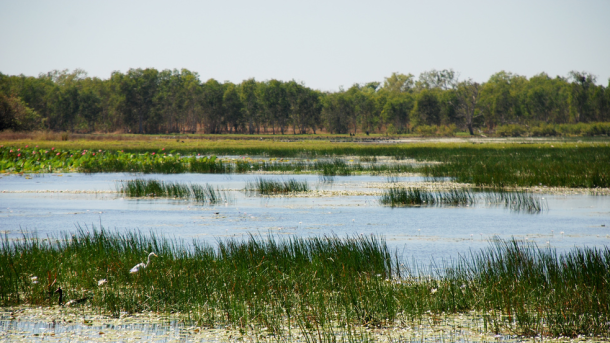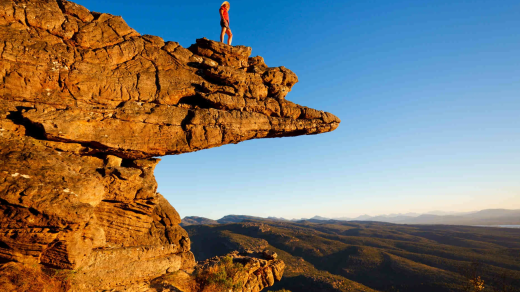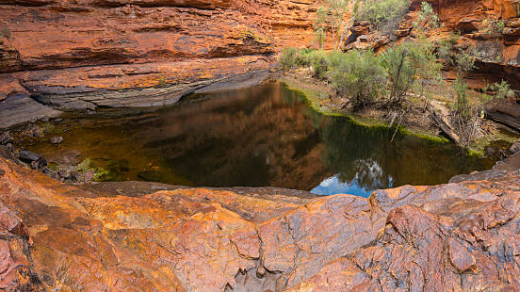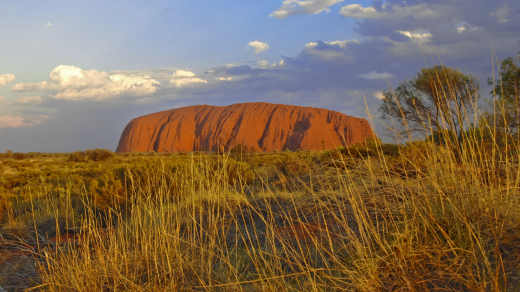Immerse yourself in the fascinating historical tapestry of Kakadu National Park, a timeless expanse that has cradled human activity for over 65,000 years. As we embark on this journey through the park’s rich narrative, we unveil how geology, indigenous heritage, and periods of upheaval and conservation interweave to define this majestic landscape. Delve into the story of one of Australia’s most esteemed natural treasures and understand why a 2 day Kakadu tour is more than a sightseeing trip—it’s a chance to walk through history.
The Ancient Beginnings of Kakadu National Park

The foundation of Kakadu’s history is as old as the continent itself. Born from dramatic geological shifts, this landmass evolved over millennia, shaping the extraordinary terrain that we witness today. The escarpments, wetlands, and rugged plateaus bear the marks of this ancient past, creating a natural mosaic of habitats. Rock formations here serve as the stoic witnesses of time, encapsulating the park’s inception and the flow of eras that followed.
Before the maps were drawn, early human settlers perceived this land as part of their living canvas. The Aboriginal people of Kakadu, tied to the country through culture and spirituality, began a story that continues to be told in the present. Their art, their rituals, and their law are still potent, endowing this land with a soul that predates modern memory.
Kakadu Through the Ages: A Tapestry of Cultures
The rich cultural fabric of Kakadu is woven from threads spanning tens of thousands of years. Aboriginal clans, including the Bininj/Mungguy, have etched their history into the stones—stories of creation, existence, and their interconnectedness with the land. These narratives are not simply folktales; they are accounts of living heritage, vital to understanding the park’s spirit.
With the arrival of European explorers and settlers, a new chapter unfurled in Kakadu’s tale. This contact heralded profound changes, bringing with it both collaboration and conflict. The imprint of colonial times, while indelible, is only a recent layer in the park’s deep history. The need for a balance between exploiting resources and recognizing traditional ownership became apparent with the boom of the mining industry, pushing the need for protective measures to preserve the park’s integrity.
Preserving Kakadu: The Creation of the National Park
The latter part of the 20th century saw a burgeoning conservation movement recognizing the inherent value of Kakadu. Efforts to safeguard its environmental and cultural treasures transformed into political actions, leading to the establishment of Kakadu National Park in 1979. It was a seminal moment for the protection of both natural wonder and ancient culture and a testament to the power of united voices for the environment.
The conferring of UNESCO World Heritage Listing in 1981 and 1987 reaffirmed the park’s status as a place of global significance. This distinguished recognition brings to light not only the contiguous ecosystems and exceptional biodiversity but also the enduring connections between the Aboriginal people and their ancestral lands. Yet, despite this prestige, the park faces modern challenges, from invasive species to the impacts of climate change.
| Year | Milestone | Significance |
|---|---|---|
| 1979 | Establishment of Kakadu National Park | Marking the formal protection of the park |
| 1981 & 1987 | UNESCO World Heritage Listing | Acknowledgement of both cultural and natural universal values |
| Ongoing | Conservation Efforts and Indigenous Involvement | Combining traditional knowledge with modern practices for sustainable management |
The Cultural Legacy of Kakadu
Within Kakadu National Park’s boundaries lies an extraordinary gallery of rock art, with Ubirr and Nourlangie offering windows into ancient lives. These sites are repositories of wisdom, capturing the dynamic stories and deep-seated beliefs of the region’s traditional custodians. Each painting, petroglyph, and site is a chapter in an extensive anthology of human expression, spirituality, and survival.
Beyond the visual spectacle of rock art, Kakadu’s legacy is perpetuated through the continuation of traditional practices and the knowledge systems that informed them. These living traditions, spanning from land management to hunting and fishing, convey the deep relationship Indigenous people have with the environment, making them an integral part of Kakadu’s ongoing narrative.
Kakadu Today: A Living History
In modern times, Kakadu National Park must reconcile the needs of preservation with those of tourism. The park offers a segue for visitors to not only witness the natural splendor but to understand the pivotal history it represents. Responsible and informative eco-tourism, including popular 2 day Kakadu tours, allows the park to educate and inspire while drawing attention to its conservation needs.
Guests to the park can engage with history firsthand, learning from Indigenous guides who offer insight into traditional land stewardship and cultural knowledge. These experiences enrich visitors’ perspectives, fostering a connection with the park that lasts well beyond their stay.
- Exploration of ancient rock art sites with an interpretive guide.
- Wildlife spotting in the park’s diverse ecosystems, including billabongs and wetlands.
- Visits to significant cultural landmarks and educational talks.
- Sunsets over the Arnhem Land escarpment, an unforgettable visual feast.
Conclusion
The history of Kakadu is not a static relic of the past, but a vibrant, living chronicle that continues to unfold. This rich tapestry spans from the ancient rock formations to the modern efforts of conservation, reflecting a heritage both preserved and in motion. The park, with its remarkable biodiversity and deep cultural resonance, underscores the critical importance of protecting such unique environments for future generations. Kakadu’s journey is a compelling reminder of our shared responsibility to cherish and sustain the legacies of our world.



